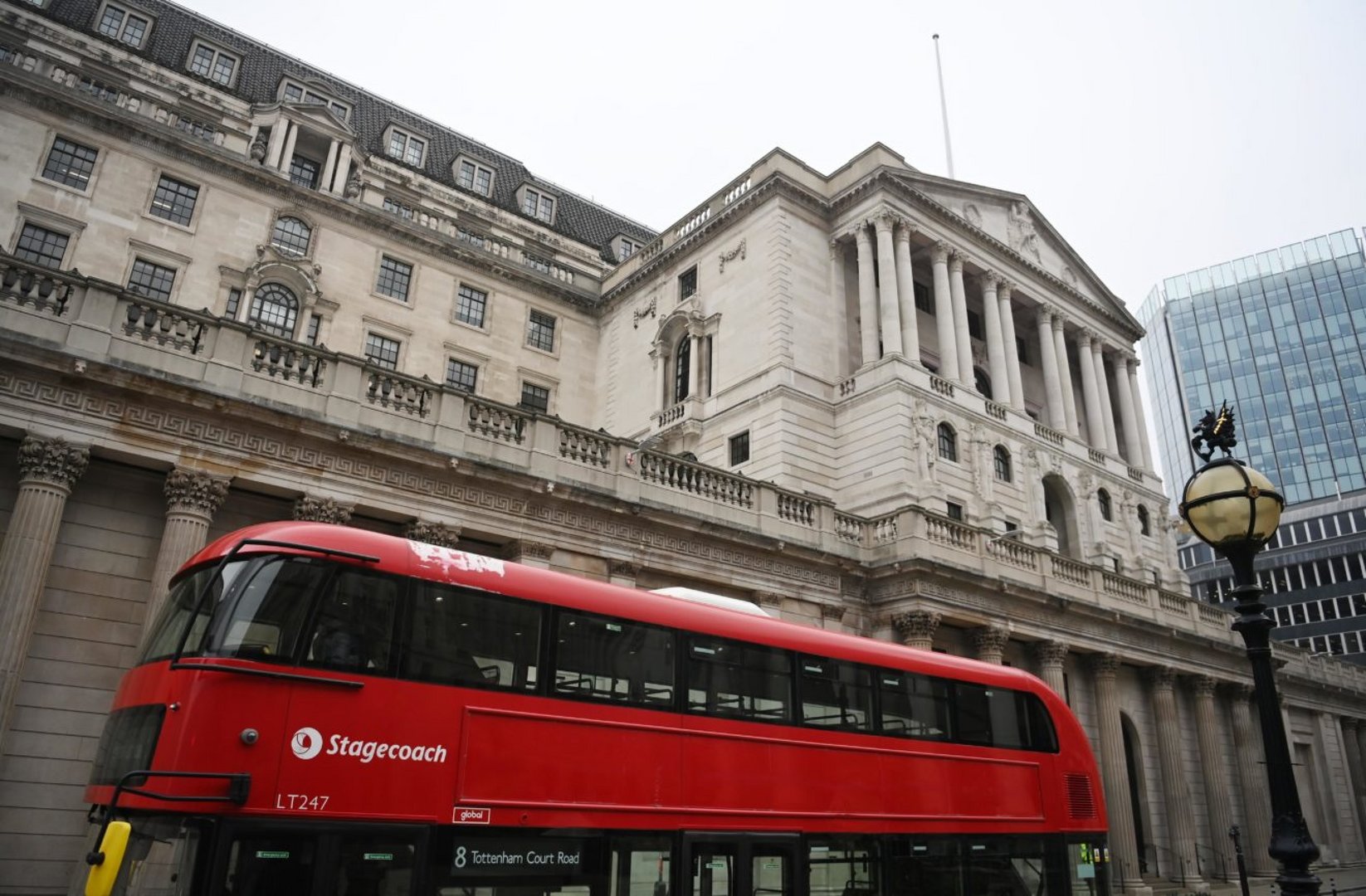British employees with the smallest monthly pay packets are also receiving the lowest annual salary rises, intensifying the cost-of-living squeeze faced by the poorest households, tax data showed on Tuesday.
An employee who earns less than 90 per cent of other employees in Britain saw their average monthly pay packet in the three months to the end of February rise by just 0.6 per cent compared with a year earlier to 681 pounds ($890).
By contrast, pay for the median employee rose by 6.0 per cent and that for the top 1 per cent of employees – who make at least 168,000 pounds a year – has risen by 8.4 per cent.
Even average earners will be feeling a pay squeeze. Consumer price inflation hit a 30-year high of 6.2 per cent in February.
With regulated energy tariffs rising more than 50 per cent this month, and government forecasters predicting inflation will hit 8.7 per cent by the end of the year, pressures look set to intensify.
In a sign that some Britons are already struggling to afford essentials, there has been an increase in the number of poorer shoppers who say they are skipping meals more often, according to market researchers IGD.
Some 40 per cent of households in groups that include pensioners, the unemployed, and causal and low-skilled manual workers reported skipping meals more often, up from 37 per cent in 2021.
The figures do not give the reason for skipping meals more often – which may not be financial in some cases – but the trend is the opposite of that for richer households, where the proportion skipping meals fell to 20 per cent from 22 per cent.
The salary figures come from monthly payroll data which employers provide to Britain’s tax authorities, and are not adjusted for hours worked, so part of the weakness in pay growth could reflect falling hours for low-paid part-time staff.
Pay growth was much more even before the pandemic, with pay at the bottom end of the distribution up 3.8 per cent in the year to February 2020, compared with a 3.7 per cent rise for the median and 3.0 per cent at the top end.
The gap in annual pay rises between low and high earners is now the widest since these records started in 2015, according to analysis by Reuters.
The tax data tallies with a survey last week commissioned by recruitment website Indeed.
For workers earning between 10,000 and 24,999 pounds, the average pay rise was 3.3 per cent, whereas for those earning 150,000 pounds or more, the average rise was 5.4 per cent.
Higher earners were also more likely to be offered a pay rise in the first place.







Click here to change your cookie preferences